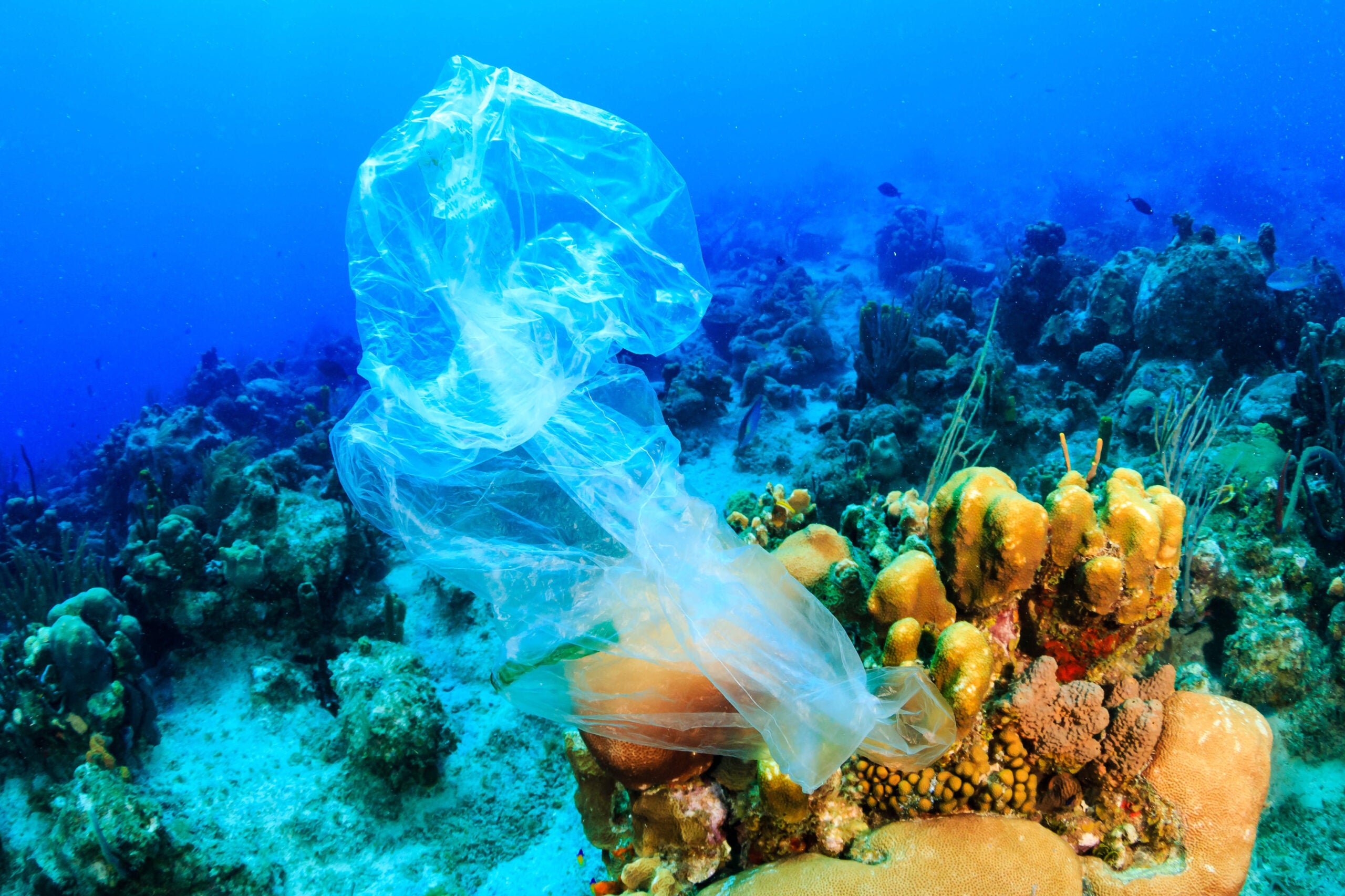
This year’s World Oceans Day theme is preventing plastic pollution. With ocean plastic on course to outnumber fish by 2050, it is clear that the long-term solution requires a major reduction in plastic consumption. However, there are still millions of tonnes of plastic waste already littering our oceans, and technology companies are looking at innovative ways to clean this up.
They face the daunting challenge of removing the eight million tonnes of plastic waste that enters the oceans per year. Equally troubling is a UK Government report that predicted plastic waste in the oceans will treble in the next decade.
Earlier this week UN-backed World Environment Day also made their theme “Beat Plastic Pollution”, with the message becoming particularly poignant after a whale died in Thailand on Tuesday having swallowed 80 plastic bags.
More perniciously – but arguably more dangerously – ocean plastic breaks apart into microplastics that are swallowed by marine life. Their harmful effects are felt at every stage of the food chain, and eventually end up being digested by humans.
Remora Marine is targeting microplastics
London-based startup Remora Marine has been developing technology that can remove these microplastics in an innovative way that is low-cost and marine life-friendly, as well as potentially generating revenue.
One way in which the Remora system keeps costs down is its self-sustaining design. It does not require an external power source, instead consisting of two sets of turbines that harness the current from rivers or the tidal force from the ocean.
How well do you really know your competitors?
Access the most comprehensive Company Profiles on the market, powered by GlobalData. Save hours of research. Gain competitive edge.

Thank you!
Your download email will arrive shortly
Not ready to buy yet? Download a free sample
We are confident about the unique quality of our Company Profiles. However, we want you to make the most beneficial decision for your business, so we offer a free sample that you can download by submitting the below form
By GlobalData“We drive that energy towards a set of mechanisms that we tested in laboratories at Imperial College London,” said Remora Marine COO Inty Grønneberg.
The turbine at the front drives the mechanism that retrieves the plastic from the filter, while the turbine at the back generates electricity.
“This mechanism is designed to collect plastics from any water streams — rivers, oceans, especially in coastal areas — in a range between 2mm up to 50mm from a set of filters that are part of the turbines,” added Grønneberg.

Harnessing existing marine infrastructure to combat plastic pollution
The second key area for keeping the technology low-cost is to make use of existing marine infrastructure.
“This can be dynamic, like ships or boats, or it can be static like oil platforms or dams in the rivers,” said Grønneberg. “So you attach the technology to all of these range of alternatives and then the turbine is able to work by itself and it has a mechanism that puts the plastics in a safe point in which you can collect.”
Grønneberg claims that the slow speed of the front turbine will ensure marine life isn’t caught up and harmed, and that it is unlikely marine life will swim in of its own accord.
Dr Gordon Watson, a marine ecologist from the University of Portsmouth, stressed the importance of further testing.
“This sounds like it has great potential, but the technology needs to go through rigorous field trials to confirm the removal rates and what types or sizes of plastic it can filter,” he said.
“Most importantly, the impact of the filtration process on marine life — from planktonic species to fish — needs to be scientifically and independently assessed before it can be given the green light.”
Turning plastic pollution into an economic opportunity
What could prove to be the biggest driver for implementing the technology at scale, though, is the opportunity to make money from the recovered plastic.
“Research shows that we can collect up to 600kg per day of plastics,” said Grønneberg. “It’s a massive amount. A kilogram of plastic without any subsidisation is estimated at £0.04 per kilogram, so then you just do the math and you see that it can become a profitable business using technology to collect the plastics and then sell to recycling companies.”
There is big money in this waste, with the floating plastic worth an estimated £1bn to the recycling industry.
Could the technology really make a dent in the millions of tonnes of plastic that litters the ocean, though? Grønneberg thinks so.
“Realistically at the scale [where] we sell 150,000 units, we could collect a significant amount of the eight million tonnes of plastics that are getting into the oceans every year,” said Grønneberg. “At the moment, you don’t have the technology that is able to collect larger amounts of plastics compared to the amount that is getting in every year.”
He believes that the potential is even greater when considering the two million ships operating in the ocean, each a potential host for the Remora system.
The technology is still at the prototype stage but has been the recipient of several awards, including the EU’s climate innovation initiative, Innovation RCA.
More recently, the start-up won a year’s office space in London as part of Imperial College and workspace provider Central Working’s inaugural Scalable Business Awards (SBAs), which provides six promising technology companies with support worth a combined £250,000.
Remora Marine has filed for a patent and is looking to start sea trials soon.
“We want to become the leading company that creates technology to clean the oceans and rivers, worldwide,” said Grønneberg.

How others are using tech to fight plastic pollution
The Ocean Cleanup: big ambitions
Dutch-born inventor Boyan Slat founded the Ocean Cleanup in 2013 with big ambitions. Their core technology is a U-shaped floating system that is weighed down by a sea anchor at a depth of approximately 600m. Spanning 1km-2km, the company claims the system can passively remove marine debris from ocean gyres, with estimates predicting it could clean up 50% of the debris in the Great Pacific Garbage Patch during a five-year operation.
The technology has received some critics, though, with marine biologist Jan van Franeker of Wageningen Marine Research telling the Verge: “Cleaning up in the middle of the Pacific Ocean is, in my view, not a very clever way to address this problem. It’s such a waste of energy.”
That hasn’t deterred investors though, with the Ocean Cleanup having so far raised over $31m in funding. The company expects its first operational clean-up system to be deployed in the Great Pacific Garbage Patch by mid-2018.
The Seabin Project: keeping marinas clean
The Seabin is remarkably simple in design and aims to clear plastic pollution and ocean waste on a smaller scale in marinas and harbours. The concept is simple: a bucket is connected to a water pump that sucks any floating rubbish into a removable mesh bag.
“It essentially works as a similar concept to a skimmer box from your pool filter,” Richard Talmage, a Seabin spokesman, told Australian news show 9 News.
It was designed by surfers Andrew Turton and Pete Ceglinski, who quit their jobs to form the company after becoming frustrated with the amount of rubbish floating in the ocean.
It can collect an estimated 1.5kg of floating debris per day, with capacity to hold up to 20kg of plastic waste, including microplastics up to 2mm small. It’s designed to be placed strategically in a marina on a floating dock so that the wind and currents push the rubbish towards the bin.







